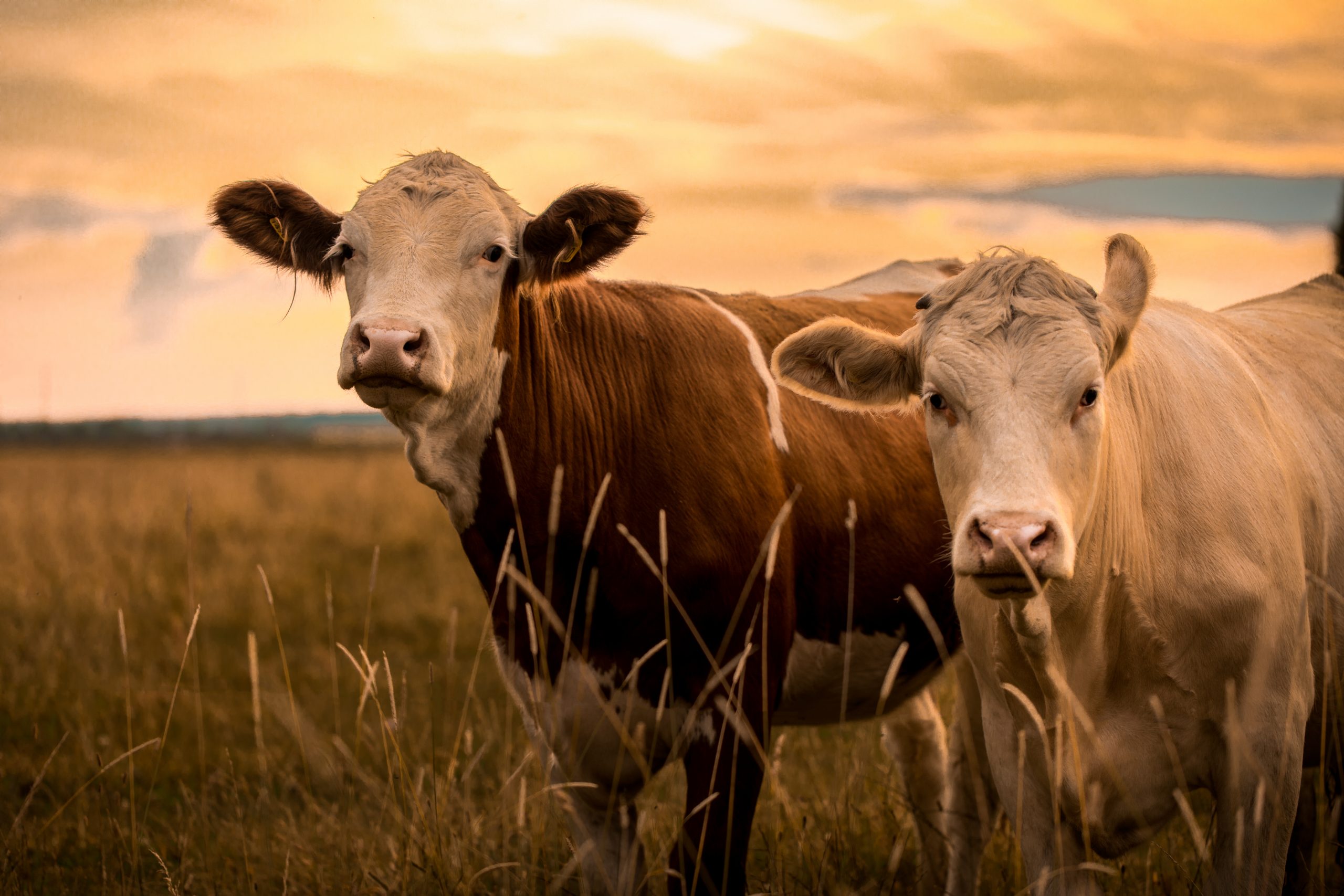The carbon footprint of a cheeseburger is 4kg of CO₂ equivalent gases, the same emissions as half a gallon of gasoline — an occasional Happy Meal can quickly accumulate to greenhouse gas emissions comparable to a gas-powered combustion engine (Godin, 2022).
How is this possible?
An Unaccounted Impact
Transportation, land use, fertilizers, electricity, and cattle methane emissions work in tandem, and are often missed when accounting for how beef gets from the pasture to consumers’ plates. According to the the U.N. Food and Agriculture Organization (FAO), beef production makes up an estimated 7% of total global greenhouse gas emissions (Waite et al., 2022).
The Bottleneck to Change
These facts make the hypothetical solution seem simple: consume less meat and turn to plant-based alternatives. However, for many people, meat, dairy, and eggs provide essential nutrients that are not easily substituted (Idle, 2024).
Differences in price, education, taste preferences, and cultural eating habits mean that completely cutting meat consumption will not be a voluntary decision. Even in the U.S., 90% of citizens identify as “meat eaters,” meaning there is substantial global demand for these products (Idle, 2024).
Understanding these lifestyle factors is crucial; when brands cannot change a consumer’s lifestyle, they must find ways to fit within it.
Invigorating Innovations
The North American Meat Institute’s (NAMI) Protein Pact aims to make progress towards healthy people, animals, communities, and the environment through data-based reporting.
A brand making strides in the industry is Applegate (Idle, 2024). The company has committed to regenerative agriculture, which enriches the soil, boosts biodiversity, increases water retention, and sequesters carbon through practices that fit within the natural life cycles of cattle (Applegate, 2025).
“Consumers will not stop just because we say, ‘You can’t do this, or you can’t do that.’ We need to find common ground.” (Joseph O’Connor, CEO of Applegate)
A Case For Sustainable Competitive Advantage
Applegate takes their product offering beyond minimum regulatory compliance, instead leveraging the first-mover advantage of disruptive innovation (Nidumolu et al., 2014). As the Protein Pact continues to raise awareness and push meat producers to do better, brands like Applegate will be a step ahead.
The prepared meats company has also evidently taken steps to make their entire value chain sustainable. Using a Life Cycle Assessment (LCA) approach, their impact report covers changes made in the farm growing animal feed, like reducing harmful pesticides, to avoiding soil loss and antibiotics in the farm where the animals are raised (Applegate, 2025).
And when the products hit the shelves of retailers, Applegate is ultimately providing value to the consumer through nutritional offerings, while creating a positive impact on the planet.
Godin, S. (2022). The Carbon Almanac: It’s Not Too Late. Portfolio Penguin
Idle, T. (2024, October 14). Can our current food system be redeemed?. Sustainable Brands. https://sustainablebrands.com/read/can-food-system-be-redeemed
Mission – Changing the Meat We Eat. Applegate. (2025). https://applegate.com/mission
Nidumolu, R., Prahalad, C. K., & Rangaswami, M. R. (2014, August 1). Why Sustainability is Now the Key Driver of Innovation. Harvard Business Review. https://hbr.org/2009/09/why-sustainability-is-now-the-key-driver-of-innovation
Waite, R., Searchinger, T., Ranganathan, J., & Zionts, J. (2022, March 7). 6 Pressing Questions About Beef and Climate Change, Answered. World Resources Institute. https://www.wri.org/insights/6-pressing-questions-about-beef-and-climate-change-answered

This was an insightful read! The comparison between the carbon footprint of a cheeseburger and that of gasoline sheds light on the environmental impact of meat consumption. It’s easy to focus solely on methane emissions from cattle, but your point about the entire supply chain—from land use to transportation—illustrates how complex the issue is.
I also appreciate your acknowledgment that meat consumption involves more than just personal preference; it encompasses accessibility, nutrition, and culture. The shift towards regenerative agriculture is promising. However, do you think innovations like Applegate’s can really scale to meet global demand? Or will the most significant impact still come from changing consumer behavior? It seems like a combination of both is necessary, but I would love to hear your thoughts!